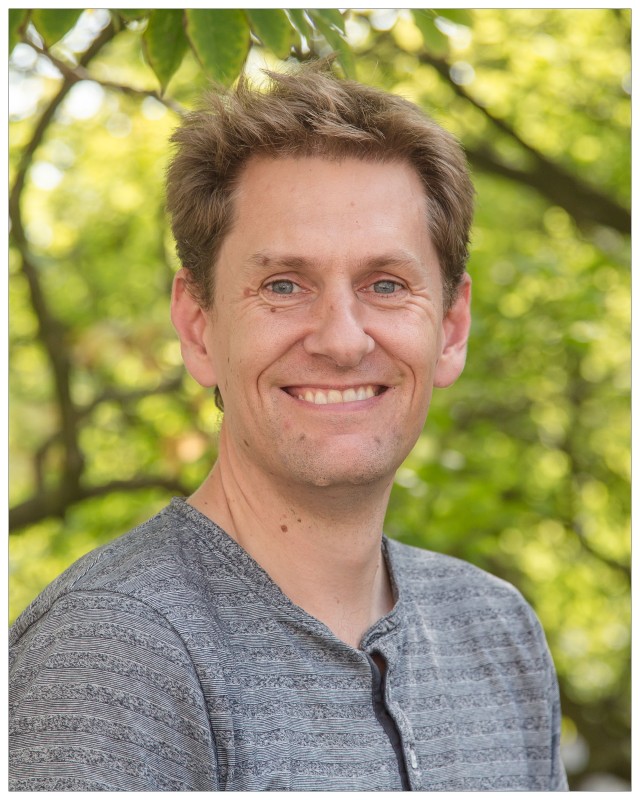6 February 2024
from 14:00
to 16:00
MCQST Colloquium | Anders S. Sørensen (University of Copenhagen)
Address / Location
MPI of Quantum Optics | Herbert Walther Lecture Hall
Hans-Kopferman-Straße 1
85748
Garching
Show Map
Hide Map
The MCQST Colloquium Series features interdisciplinary talks given by visiting international speakers. The monthly colloquium covers topics spanning all
MCQST research units and will be broadcast live via Zoom for audiences worldwide. The main goal of the series is to create the framework for idea exchange, to strengthen links with QST leading groups worldwide, as well as to act as an integral part of the local educational environment.
MCQST Colloquium: Anders S. Sørensen
We are excited to invite you to the colloquium talk by Anders S. Sørensen (The Niels Bohr Institute, University of Copenhagen).
Agenda
14:00 | Teaser talk by Joan Agustí (WMI) on "Programmable multiqubit entanglement distribution"
14:15 | Coffee break
14:30 | Colloquium talk by Anders S. Sørensen on “Strongly interacting photons based on two-level systems coupled to waveguides: one, two, many”
Strongly interacting photons based on two-level systems coupled to waveguides: one, two, many
Photons rarely interact in free space, but by coupling them to quantum emitters it is possible to engineer strong effective photon interactions. The conceptually simplest system to realise such interactions is two-level systems strongly coupled to a waveguide. Since a single two-level atom can only absorb one photon, the transmission and reflection dynamics of a photon is strongly affected by the presence of another photon and this induces an effective interaction among the photons. Despite its simplicity this system exhibits rich and interesting physics. I will discuss some of the effects that can be observed with it.
An interesting effect, which can be realised is two-photon bound states [1]. These are the quantum limit of optical solitons [2]. I will discuss the physics of these bound states and in particular how to observe unambiguous signatures of them. A particular illustrative example can be found for bound states in tunnel coupled waveguides. In this case unbound photons can freely jump between waveguides whereas photons in a bound state always jump simultaneously and at a much slower rate (see figure) [3].
For unbound photons the scattering dynamics exhibit a rich and complicated structure including inelastic scattering and scattering resonances. I will present a complete solution of the scattering dynamics [4]. This understanding of the scattering dynamics can be used as a starting point for an effective description of quantum many-body dynamics of multiple photons. As a particular example I will show that a photonic Tonks-Girardeau gas is a stable solution for a finite chain of weakly excited atoms in a waveguide.
[1] B. Bakkensen, Y.-X. Zhang, J. Bjerlin, Anders S. Sørensen, arXiv:2110.06093
[2] S. Mahmoodian, G. Calajó, D. E. Chang, K. Hammerer, and A. S. Sørensen, Phys. Rev. X 10, 031011 (2020).
[3] B. Schrinski, J. A. Brimer, and Anders S. Sørensen, arXiv:2310.19115
[4] B. Schrinski and A. S Sørensen, New J. Phys. 24, 123023 (2022).
About Anders S. Sørensen
 © Ola Jakup Joensen, The Niels Bohr Institute
© Ola Jakup Joensen, The Niels Bohr Institute Join in-person or via Zoom
https://lmu-munich.zoom.us/j/99897798115
Meeting ID: 998 9779 8115, Passcode: mcqst2024